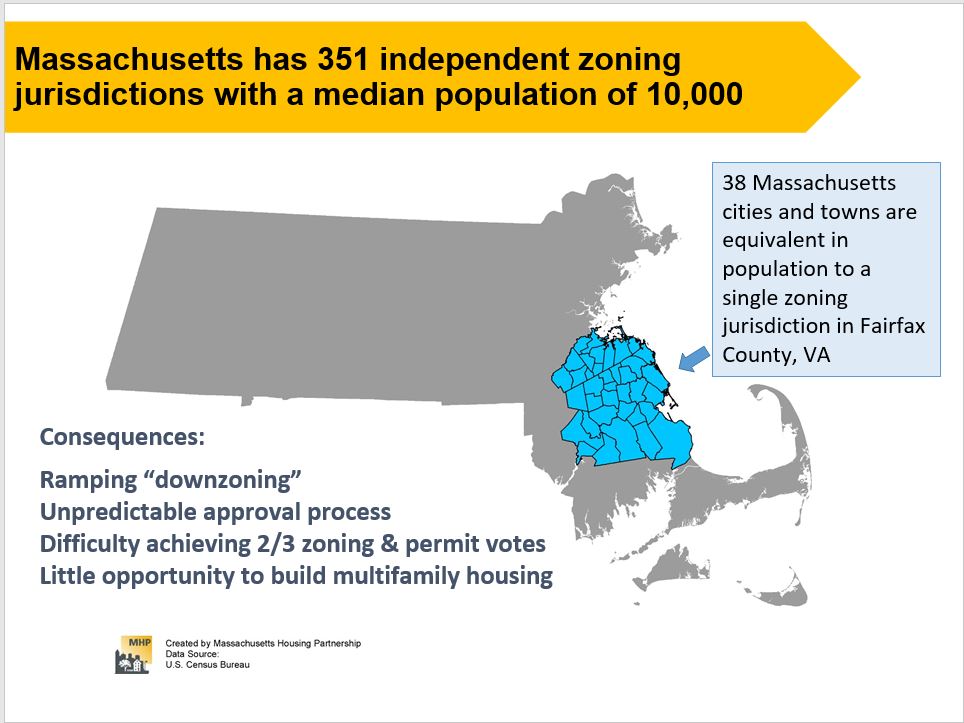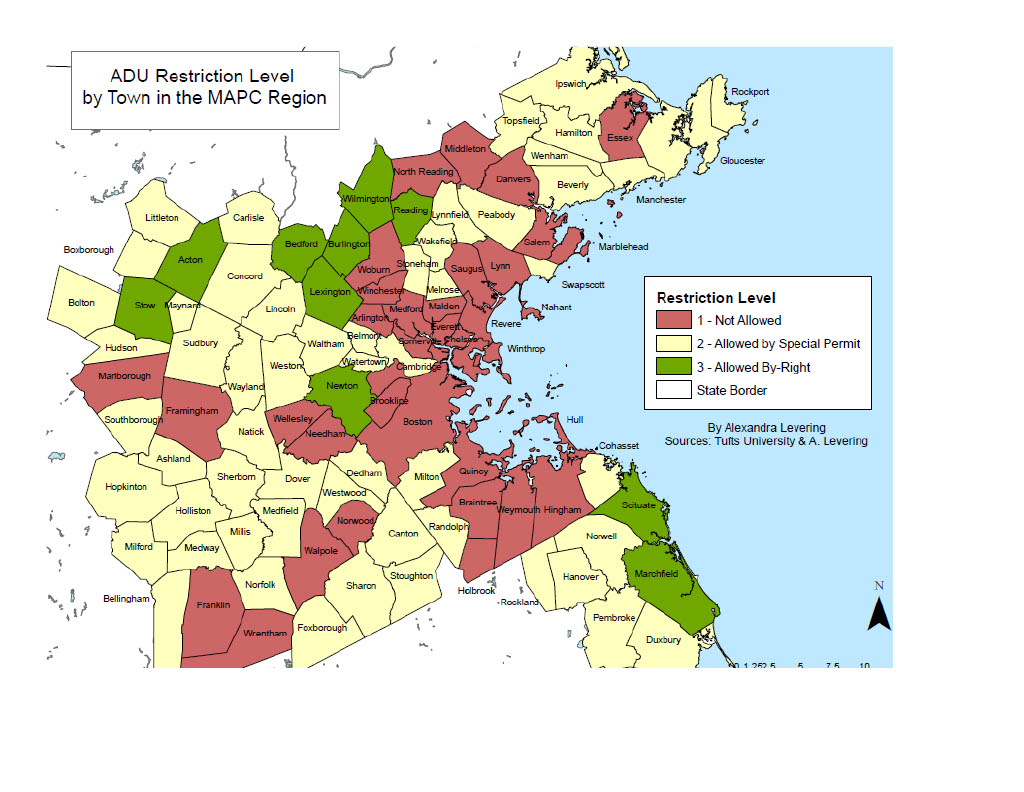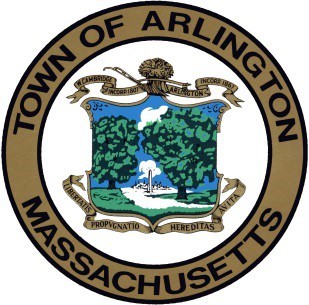For Arlington’s Nov 2020 Special Town Meeting, my colleague Ben Rudick filed the following warrant article:
ARTICLE 18: ZONING BYLAW AMENDMENT/IMPROVING RESIDENTIAL INCLUSIVENESS, SUSTAINABILITY, AND AFFORDABILITY BY ENDING SINGLE FAMILY ZONING
To see if the Town will vote to amend the Zoning Bylaw for the Town of Arlington by expanding the set of allowed residential uses in the R0 and R1 zoning districts with the goal of expanding and diversifying the housing stock by altering the district definitions for the R0 and R1 zoning districts; or take any action related thereto.
(Inserted at the request of Benjamin Rudick and ten registered voters)
The Inspiration
Our goal with Article 18 is to allow two-family homes, by right, in two districts that are exclusively zoned for single-family homes. This is similar to what city of Minneapolis and the state of Oregon did in 2019. The motivations fall into three broad categories: the history of single-family zoning as a mechanism for racial segregation, environmental concerns arising from car-oriented suburban sprawl, and the regional shortage of housing and its high cost. We’ll elaborate on these concerns in the following paragraphs, and end with a proposed main motion.
Single-family zoning as a mechanism for racial segregation. Single-family zoning began to take hold in the United States during the 1920’s, after the Supreme Court declared racially-based zoning unconstitutional in 1917. Secretary of Commerce Herbert Hoover encouraged cities and towns to adopt single-family zoning ordinances, effectively substituting segregation based on race with segregation based on economic status. The idea was furthered by the Home Owners Loan Corporation of America’s (HOLC’s) redlining maps (created between 1935 and 1940), and the Federal Housing Administration’s (FHA’s) mortgage insurance policies from 1934–1968. The HOLC designated areas with black populations as “hazardous” and actuarially risky, and the FHA used these maps when making underwriting decisions. In short, the FHA was in the business of underwriting loans to white home buyers in white neighborhoods.
Of Arlington’s 7,998 single-family homes, 4,080 (51%) were built during 1934–1968 (per Arlington Assessor’s data). The FHA was the primary mortgage underwriter during this time, and we believe it is reasonable to expect that a substantial number of these homes were originally purchased with FHA mortgages. Put another way, most of our single-family housing was likely built according to FHA guidelines of “avoiding inharmonious mixing or races”, aka segregation. Arlington’s population was 99% white in 1970 and even higher during previous decades. We certainly met the criteria of being a white community.
We believe it’s important to recognize this history, and to have a conversation about how we might restore a balance of fairness.
Environmental concerns. When compared with their multi-family counterparts, single-family homes are less energy efficient, more land intensive, and are associated with higher carbon emissions due to ransportation. Car transportation is a useful analogy; having everyone drive in their own car is more carbon-intensive than carpooling (two-family homes), which in turn is more carbon-intensive than taking the bus (3+ unit buildings). Maps created by Berkeley’s Cool Climate Project show this in a clear way: per household carbon emissions are lower in urban areas than they are in the surrounding suburbs. (Note that authors of the Berkeley report do not advocate getting rid of suburbs, but they do state that suburbs will require different carbon reduction strategies than urban areas).
We believe it is more environmentally responsible to build additional homes on sites that are already developed, rather than (say) going out to the suburban fringes along route 495 and clearing half-acre lots. If we do not provide ample housing within Arlington and other inner-ring suburbs, new workers will likely live further out and have longer, more carbon-intensive commutes. Climate change is a crisis, and our response must involve changing how we live, and that includes ending the twentieth-century pattern of suburban sprawl.
The shortage and high cost of housing. Since 2010, the fifteen cities and towns in the Metro Mayor’s coalition have added 148,000 jobs and 110,000 new residents, but have only permitted 32,500 new homes; this has added to a housing shortage that’s been growing for decades. The imbalance between supply and demand has contributed to rising prices and a very hot market. In 2019, the median sale price for homes in Arlington was $821k. We do not expect construction to be a complete solution to Arlington’s housing costs, but we do believe it is a necessary step in meeting rising demand and counteracting rising costs.
Article 18 is most likely to influence the cost of newly-constructed homes. Newly-constructed single-family homes typically sell in the $1.2M–1.5M range while condominiums in new duplexes typically fall into the $800k–1.1M range. These duplex units are not cheap, but they offer a price point roughly four hundred thousand dollars less than new single-family homes.
We also believe our proposal directly addresses three concerns raised by last year’s multi-family proposal (aka 2019 ATM Article 16):
- Concentration. Last year’s proposal would have concentrated new housing around the town’s business corridors, and Massachusetts Avenue in particular. Article 18 will spread new housing across the majority of the town, as 60% of Arlington’s land area (and 80% of its residentially-zoned land) is currently zoned exclusively for single-family homes (figures provided by Arlingtons Department of Planning and Community Development).
- Height and Shadows. Last year’s proposal would have allowed taller buildings along the commercial corridors; there were concerns about increased height, and the shadows new buildings might cast. Article 18 makes no changes to our zoning bylaw’s dimensional regulation; homes built under this bylaw could be no larger than homes we already allow, by right.
- Displacement. Last year’s proposal drew concerns that businesses and apartment renters would be displaced by new construction. Article 18 applies to districts that are exclusively zoned for single-family homes. 95% of our single-family homes are owner-occupied, and can only be rebuilt or renovated with the owner’s consent. We believe this minimizes any risk of displacement.
Finally, we expect the board will be interested in the number of homes that might be added under this proposal, and the potential impact on the school system. We’ll attempt to address those questions here.
Arlington’s report on Demolitions and Replacement Homes states an average of 27 rebuilds or substantial renovations per year, averaged over a ten year period. For the purpose of discussion, we expect the number of new homes added under this proposed bylaw change to be somewhere between half and double that amount, or 14–54 homes/year. Arlington has 7,998 single-family homes so this is a replacement rate well under 1%/year. It will be nothing like the 500 new homes/year that Arlington was building during the 1920s.
Assessing the impact on the school system amounts (in part) to estimating the number of new school students created by the addition of 14–54 homes/year. One can conceivably see this playing out according to three scenarios. Scenario 1 is simply “by the numbers”. The Housing section of Cambridge’s Alewife District Plan estimates one new student for every 17 new homes (see pg. 145), and the economic analysis of Arlington’s industrial districts gives a net increase of one new student for every 20 new condominiums (see slide 49). Both work out to an increase of 1–3 students per year for the addition of 14–54 homes. This is substantially smaller than past enrollment growth, and something the schools should easily be able to handle.
Second, one could imagine a scenario where elementary school enrollment is in modest decline, as students who entered Arlington public schools in the middle of the last decade move on to middle and high school. Here, new elementary students would utilize existing classroom space, which was created to accommodate students that came before them. It’s a scenario where enrollment stabilizes and doesn’t increase much.
Third, one could picture a scenario where any new home is immediately filled with children. Under this assumption it’s likely that any turnover of single-family homes or suitably-sized condominiums would attract families with children. With 7,998 single-family homes, there is little to prevent another demographic turnover from causing another increase in school enrollment, even if Arlington never adds a single additional home.
In summary, the effects on school enrollment are not easy to predict and several outcomes are possible. Ultimately, this will depend on Arlington’s attractiveness to young families, and our ability to retain these families once their students graduate from school.
Our Proposal to the Arlington Redevelopment Board
We propose that the Zoning Bylaw of the Town of Arlington be amended as
follows:
- By adding the letter “Y” to the “Use Regulations for Residential Districts” table in Section 5.4.3, in the row labeled “Two family dwelling, duplex”, and under the columns labeled “R0” and “R1”;
- By adding the letters “SP” to the “Use Regulations for Residential Districts” table in Section 5.4.3, in the row labeled “Six or more units in two-family dwellings or duplex dwelling on one or more contiguous lots”, and under the columns labeled “R0” and “R1”,
| Class of Use | R0 | R1 | R2 |
| Two-family dwelling | Y | Y | Y |
| Six or more units in two-family dwellings or duplex dwelling on one or more contiguous lots | SP | SP | SP |
and, by making the following changes to the definitions of the R0 and R1 districts in Section 5.4.1(A):
R0: Large Lot Single-FamilyResidential District. The Large Lot Single-FamilyResidential District has the lowest residential density of all districts and is generally served by local streets only. The Town discourages intensive land uses, uses that would detract from the single-family residential character of these neighborhoods, and uses that would otherwise interfere with the intent of this Bylaw.
R1: Single-FamilyR1 Residential District. The predominant uses in R1 are single- and two-family dwellings and public land and buildings. The Town discourages intensive land uses, uses that would detract from the single-family residential character of these neighborhoods, and uses that would otherwise interfere with the intent of this Bylaw.
Related Materials
Our Redevelopment Board Hearing
We presented Article 18 to the redevelopment board on Oct 26th. You can watch the presentation below.
The Redevelopment Board did their deliberations and voting two days later, on October 28th. Their report is available from the Town website.
At least three members of the board were supportive of the effort, but they ultimately voted to recommend this action. I attribute the no action vote to two factors. First, in January 2020 the Redevelopment board agreed to perform a public engagement campaign, to educate residents on housing issues facing the town, and to gather input on how those issues could be addressed. The public engagement effort hasn’t started yet (mainly due to the pandemic), and the board was hesitant to recommend favorable action without doing an outreach campaign first.
Second, the board was interested in attaching standards to single- to two-family conversions, and didn’t feel there was enough time in this town meeting cycle to devise an appropriate set of standards. They were interested in design requirements and collecting payments to an affordable housing trust fund. Standards are interesting idea, and worthy of further consideration. For my own taste, I’d be more inclined to ask for performance standards that tied in to Arlington’s Net Zero Action plan.
So, we are going to take the ARB’s feedback, work on the idea some more, and resubmit during a future town meeting.







